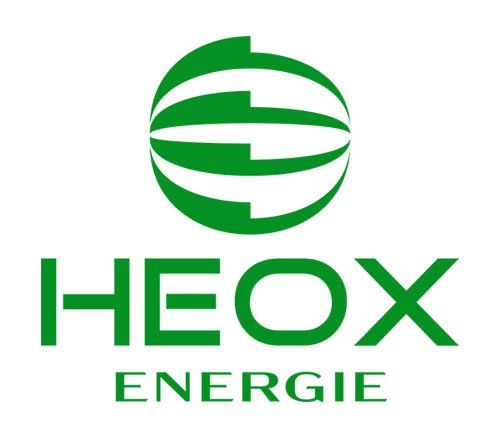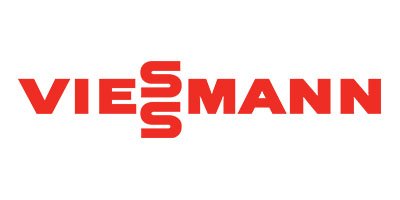Content

The nonprofit may offer food services for underprivileged children and need cars to deliver food. Or, they may fix up cars to regift them to entire families in need of a mode of transportation. Still, they may auction off the car and collect the money necessary to run other programs that will otherwise help Timmy’s condition. So make it easy for them by telling them exactly what you need and specifically requesting those contributions. Your nonprofit doesn’t need to rely on random acts of kindness to receive in-kind donations.
- However, those from the global north may put companies and vendors in those globally south communities out of business by driving down the price of the goods they are donating.
- Thankfully, there are guidelines for nonprofit staff to determine the value of in-kind donations.
- Both nonprofits and companies alike can benefit from a robust in-kind giving program.
- DonationMatch is a turnkey in-kind donation platform that helps businesses easily manage how products and services are distributed to deserving organizations within their communities.
- In-kind contributions from other committees are itemized regardless of the amount.
- Unfortunately, tracking and managing in-kind donations is not as straightforward as cash donations.
For instance, many federal funders, and sometimes private ones, will require grantseekers to show “matching funds,” that is, funds that are paid in a set proportion to other funding or forms of support. For cash-strapped nonprofits, in-kind contributions are frequently the source for showing a match; for instance, in the amount of labor or space that will be donated to a particular project. A donor can give goods like food or computers, services, time and labor, or use of facilities or equipment at no cost. Nonprofit organizations should have a gift acceptance policy that will help the staff know which types of gifts are acceptable and which ones need further evaluation. Every non-cash gift should be evaluated to determine its usefulness to the organization before it is accepted.
Impact on local economies
For an item without a ready means of independent valuation (e.g., a work of art), the donor can provide a good-faith estimate. They are typically non-monetary gifts given to charities and non-profits. These include goods, services, use of equipment or facilities, and labor.
We build exceptional software solutions to support nonprofits and charities. When you’re talking about in-kind donations it can be very easy to focus on the “what” especially when you are speaking with corporate partners. Here are few of the processes you’ll want to work out with your finance team for accounting for in-kind donations.
What Nonprofits Need in Order to Accept In-Kind Donations
Also, consulting with colleagues in the mission-driven sector can help you gain perspective on how other organizations manage in-kind donations. The IRS considers in-kind donations to be a contribution, and the value of the donation is generally considered as its market value. Only donations to registered 501(c)(3) nonprofits are eligible for a deduction. They are valued at the “fair market value” which is the resale value of the donated item. Fair market value is based on the current resale value of donated items and can be difficult to determine.
- The value of all these services should be capitalized as a cost of construction because they create or enhance a nonfinancial asset.
- You or your accountant will also need to record an in-kind donation as a contribution at the donor’s stated fair market value in your accounting software.
- Double-check the IRS guidelines for your nonprofit before you send out your acknowledgments.
- If you regularly offer painting classes and know you use a ton of canvases, outline that in the policy.
Well, this article answers questions you might have about in-kind donations for nonprofit organizations. Unlike a disaster relief scenario, the needs of a charity shop are long-term and more flexible; any item that can be sold at a price higher than the cost of warehousing it could be worthwhile. Large non-profits, such as Goodwill Industries, are also able to make use of items that cannot be sold in their thrift stores, for example by bundling them and selling them as bulk material or scrap.
In-Kind Donations and Taxes
There are a lot of different ways you can write your own donor acknowledgment letter. Double-check the IRS guidelines for your nonprofit before you send out your acknowledgments. The other benefit of these policies is that you can actually encourage additional in-kind donations by setting one. Many supporters won’t realize the difference they can make by giving in-kind until you tell them what it is you need. Together Cancer Foundation values your contribution and gratefully acknowledges the in-Kind donation mentioned below.

Whatever the case may be, explain just how impactful your donors’ contributions are. The key to a perfect in-kind donation thank you letter is in-kind donation meaning its specificity. Unlike cash donations, even restricted ones, in-kind donations are extremely limited in their value to the organization.



